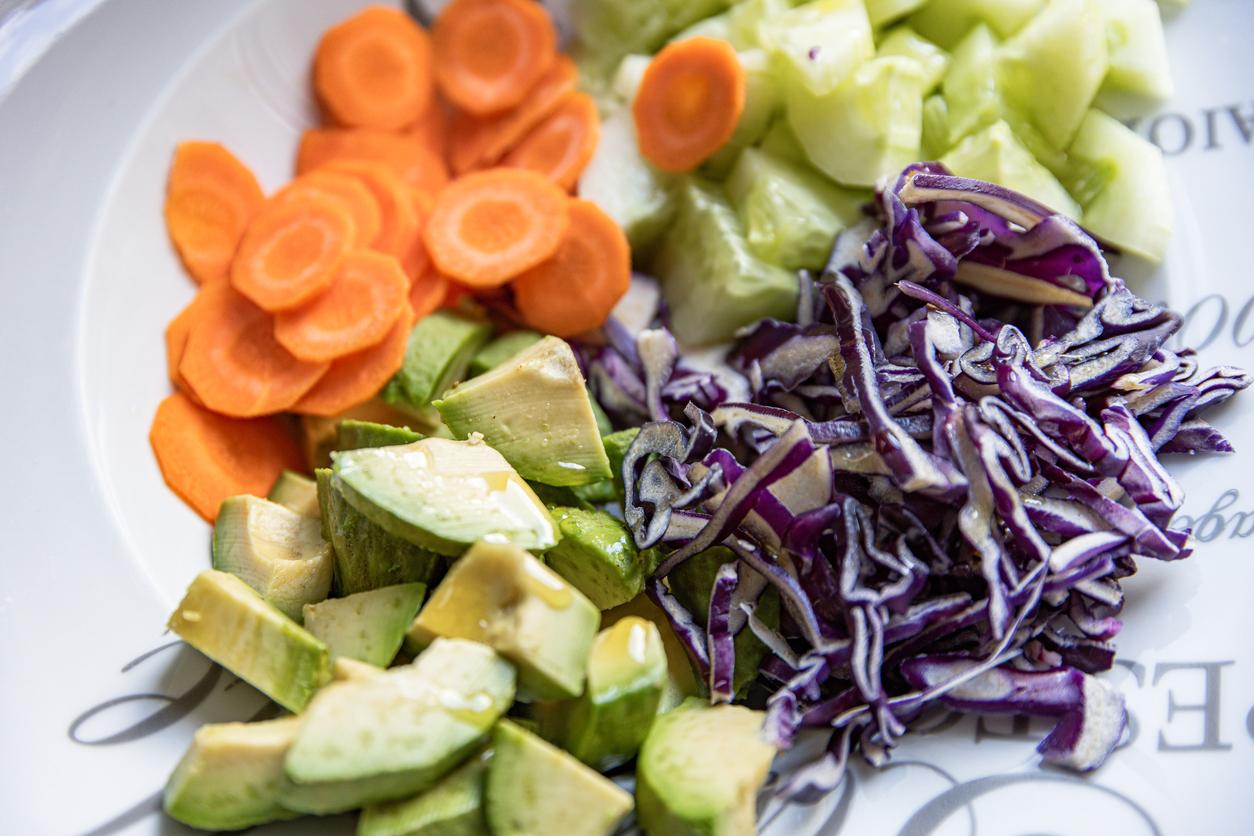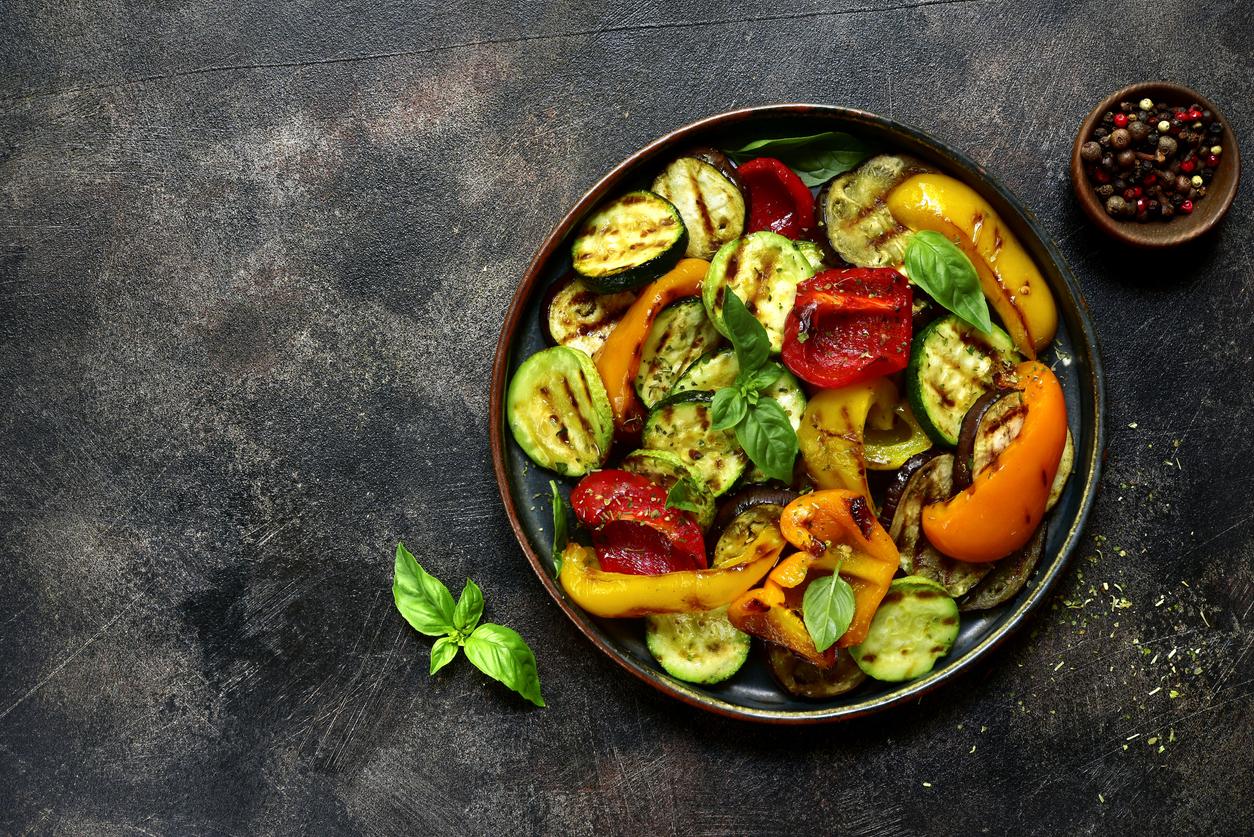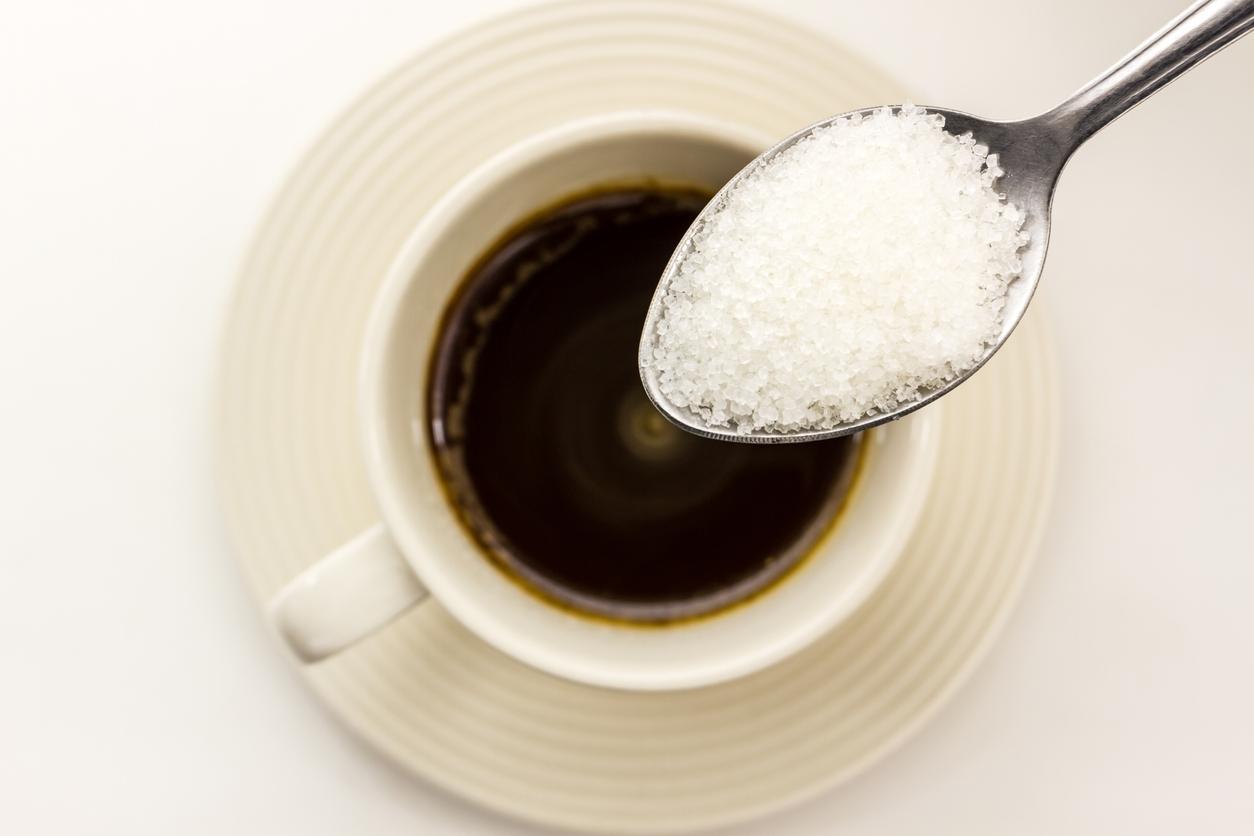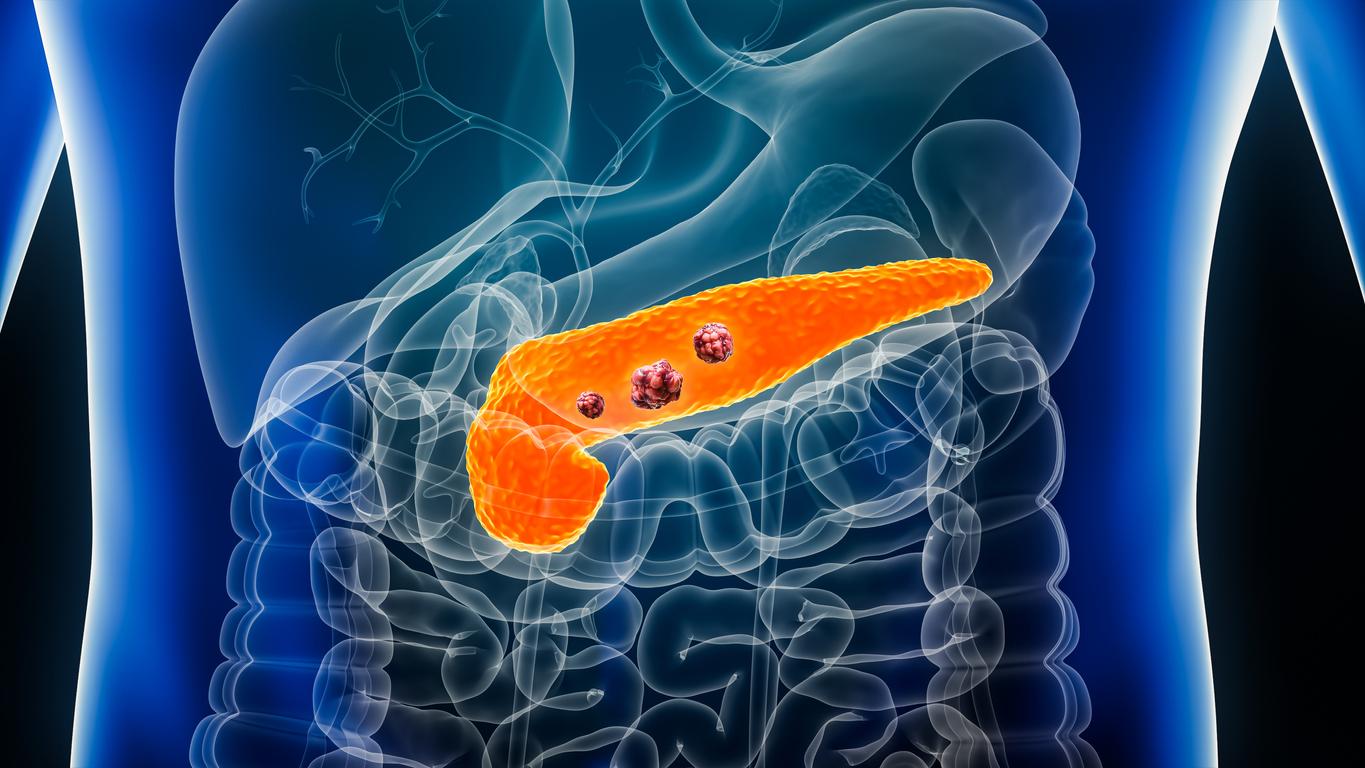A study of baby foods marketed in the United States shows that there is a misleading mismatch between the name of the product and its list of ingredients, where fruit juices and concentrates appear.
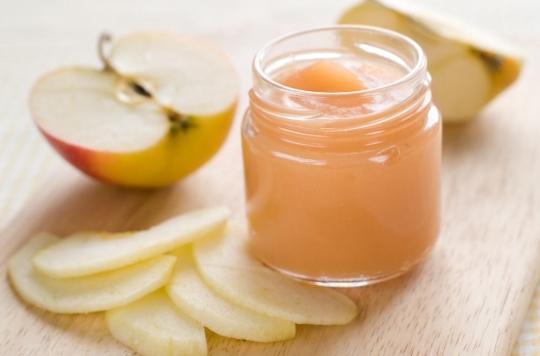
- Contrary to baby food labels, green vegetables are rarely among the first ingredients.
- On the contrary, fruit juices and fruit concentrates are among the first ingredients of small pots, without the name of the product indicating it.
When they begin the food diversification of their toddlers, parents often have one wish: to ensure that they eat healthy products, neither too sweet, nor too fatty, nor too salty. The simplest choice is then to turn to the “special baby” products that flourish in supermarkets: compotes, purees and other small dishes suitable for young children and which seem at first sight to be the promise of a healthy and balanced diet.
However, a new study published this week in the Journal of Nutrition Education and Behavior shows that in the United States, many baby food manufacturers deliberately omit ingredients that are too sweet from their product names, even though they appear early in the ingredient list. This is particularly the case for juices and fruit juice concentrates.
“Early food experiences can influence children’s preferences and contribute to the development of healthy or unhealthy eating habits that will last a lifetime”says Alyssa Bakke, Penn State sensory scientist and lead author. According to her, parents primarily use front-of-package information to make purchasing decisions. However, the name of the product is often misleading. This means that when children receive processed foods, they may be less exposed to plant flavors (vegetable or fruit type) than their parents assume.
Juices and concentrates, first ingredients but absent on the packaging
The research team used a database of over 500 commercial foods for infants and toddlers containing vegetables. She documented several elements: the inclusion of each vegetable and fruit in the product name, the form of the vegetable or fruit (whole, puree, juice or juice concentrate), and the position of the vegetable or fruit in the list of ingredients . The researchers then classified the vegetables according to the categories established by the American Department of Agriculture: dark green, red/orange, legumes, starch and others. Fruits were classified into two categories: common fruits (pears, apples and grapes) and other fruits (mangoes, pineapples, cherries).
Using statistical analyzes to examine the associations, the researchers observed “a disconnect between product names and ingredient lists”. “Front-of-package labels did not always accurately represent the amount of the various ingredients in the product, which are listed in descending order. This means that parents may not buy what they hope to buy if they only look the name”says John Hayes, professor of food science at Penn State.
More specifically, it is dark green vegetables that are the subject of arrangements on the part of manufacturers: if they appear regularly in the name of products, they only appear in fourth place in the list of ingredients. .
Conversely, common fruit juices and concentrates often appear in the first names of the ingredient list but are not mentioned in the product name, “probably to avoid drawing attention to the use of juice concentrates as sweeteners”underlines Mackenzie Ferrante, co-lead author.
Generally speaking, fruits tended to be placed near the start of the ingredient list on the back or side of the package, without appearing in the product name, while the reverse is true for vegetables. .
.











